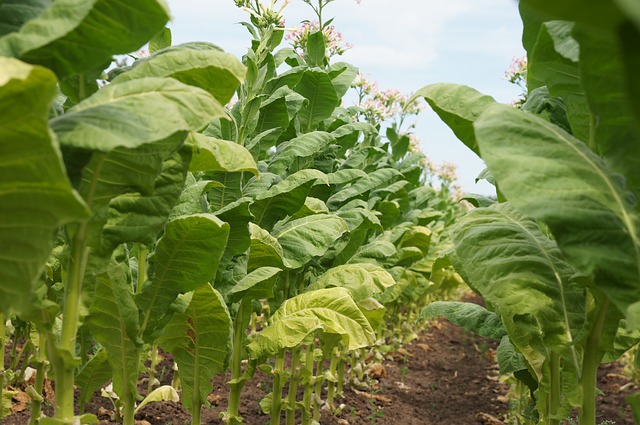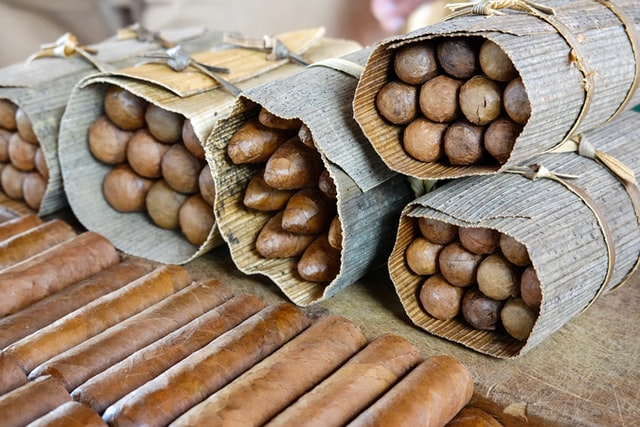Origins of Cigars
Have you ever wondered where cigars were first produced? It is widely believed that cigars were first produced in Spain. But before cigars became all the rage in Europe, tobacco was needed to make them. Tobacco is indigenous to the Americas, where native peoples have produced it for hundreds of years. It is believed that the Maya of Yucatan peninsula in Mexico and parts of Central America cultivated tobacco, and even smoked it! Tobacco use spread to other tribes, both north and south. It is believed that its first use in the United States was probably among the tribe along the Mississippi. It wasn't until Christopher Columbus sailed his famous voyage to the Americas in 1492 that the rest of the world came to know tobacco.
It is said that Columbus was not impressed by tobacco or its use among native peoples, but many sailors grew found of the strange plant. Soon it quickly caught on in Spain and Portugal. From there, it spread to France, where the French ambassador Jean Nicot lent his name to the scientific name for tobacco (Nicotiana tabacum). The origins of the word tobacco itself are still suspect, although many believe it is simply a corruption of the word Tobago, which is the name of a Caribbean island. Still others believe it comes from the word Tabasco, a region (and now state) in Mexico.
Early Tobacco Plantations

The first tobacco plantation in the United States was established in Virginia in 1612. More tobacco plantations followed in Maryland soon after. Although tobacco became a popular crop, it was only smoked in pipes. The cigar was not introduced to the United States until the late 18th century. Israel Putnam, an army general who had served in the Revolutionary War, is credited with introducing the cigar to the United States. He had traveled to Cuba after the Revolutionary War and returned with a box of Cuban cigars. Their popularity quickly spread, and soon enough cigar factories were established in the area of Harford, Connecticut, where General Putnam resided.
In Europe, cigar production and consumption did not achieve widespread popularity until after the Peninsula War in the early 19th century. British and French veterans returned to their homelands after years of serving in Spain with their tobacco pipes in tow. Among the rich and fashionable, the favored method of taking tobacco was the cigar. Cigar smoking remains a habit associated with the rich and discriminating of upper society.
Puerto Rican Cigars
The tradition of Puerto Rican Cigars reaches far into the past, where, hundreds of years ago on the Island of Enchantment, native Taino Indians cultivated the majestic tobacco leaf to produce a hand-rolled tube of cured tobacco, which they named sikar. The term Sikar was then taken immediately into the Spanish language as cigarro. Snuff was all the rage in Europe in the 1450s. With the arrival of cigarros, Puerto Rican tobacco became the ultimate luxury of the royalty in Europe for almost two hundred years! More than half the shipping tonnage between 1460 and 1660 contained cigars from Puerto Rico.
Although tobacco is cultivated in about 120 climatically diverse countries and as far north as latitude 50°, the finer, marketable tobacco products come from only a few select regions. The Caribbean is known as on if the finest!


No comments:
Post a Comment